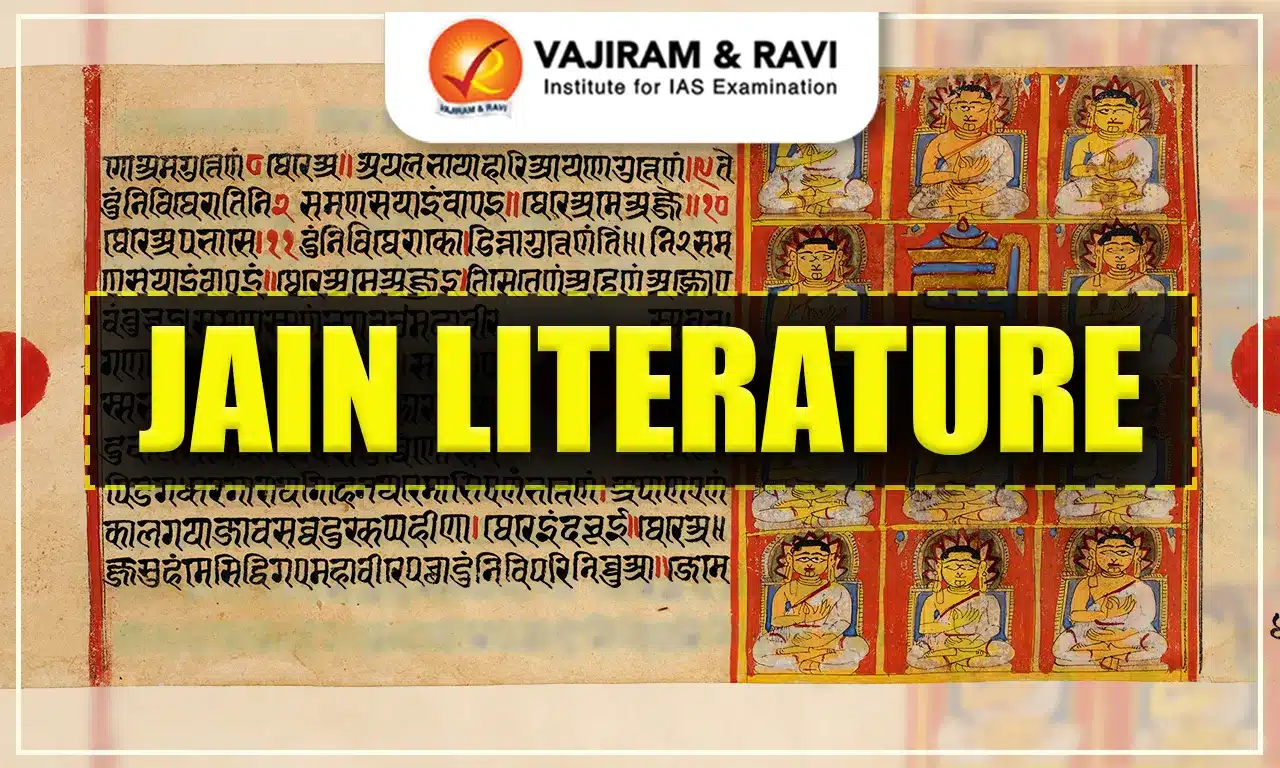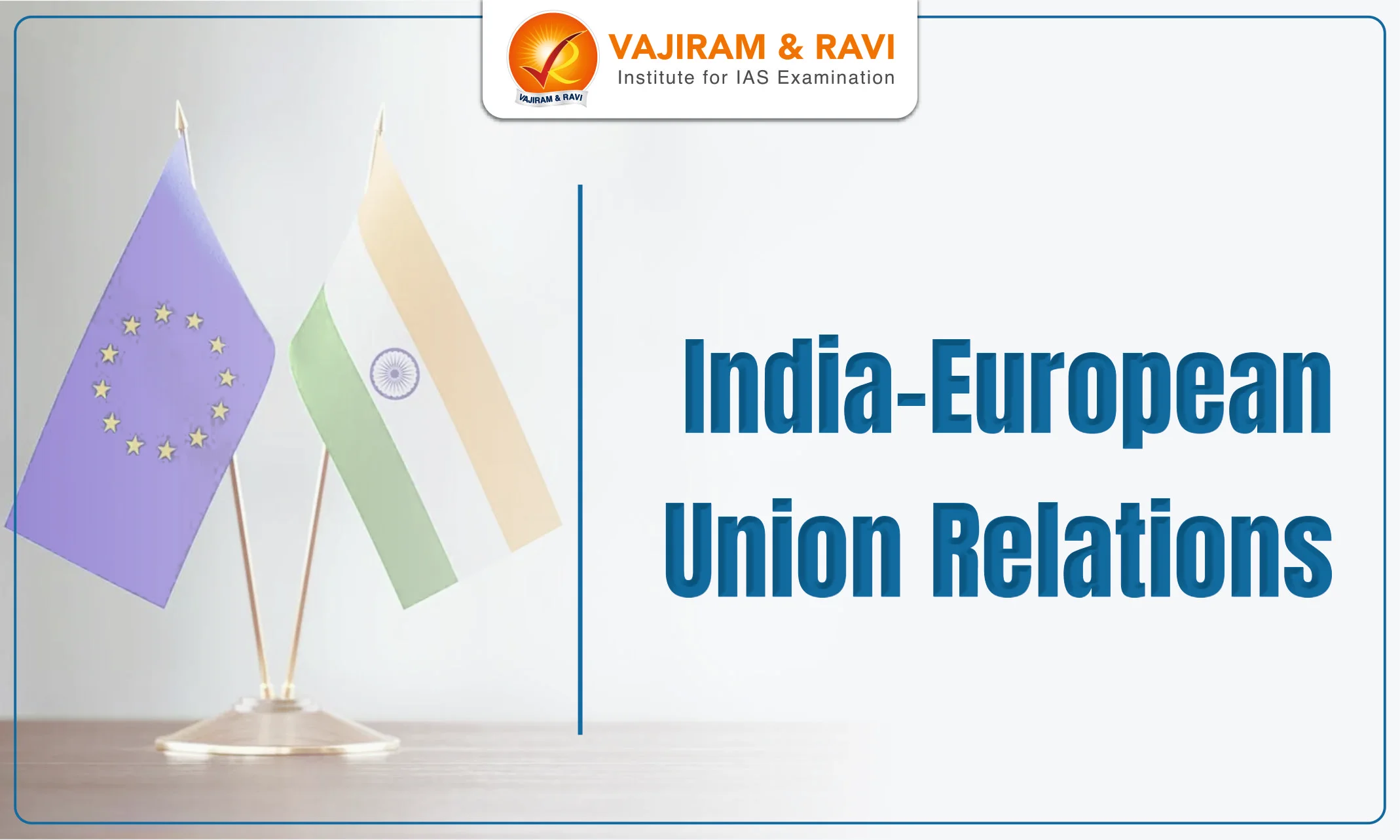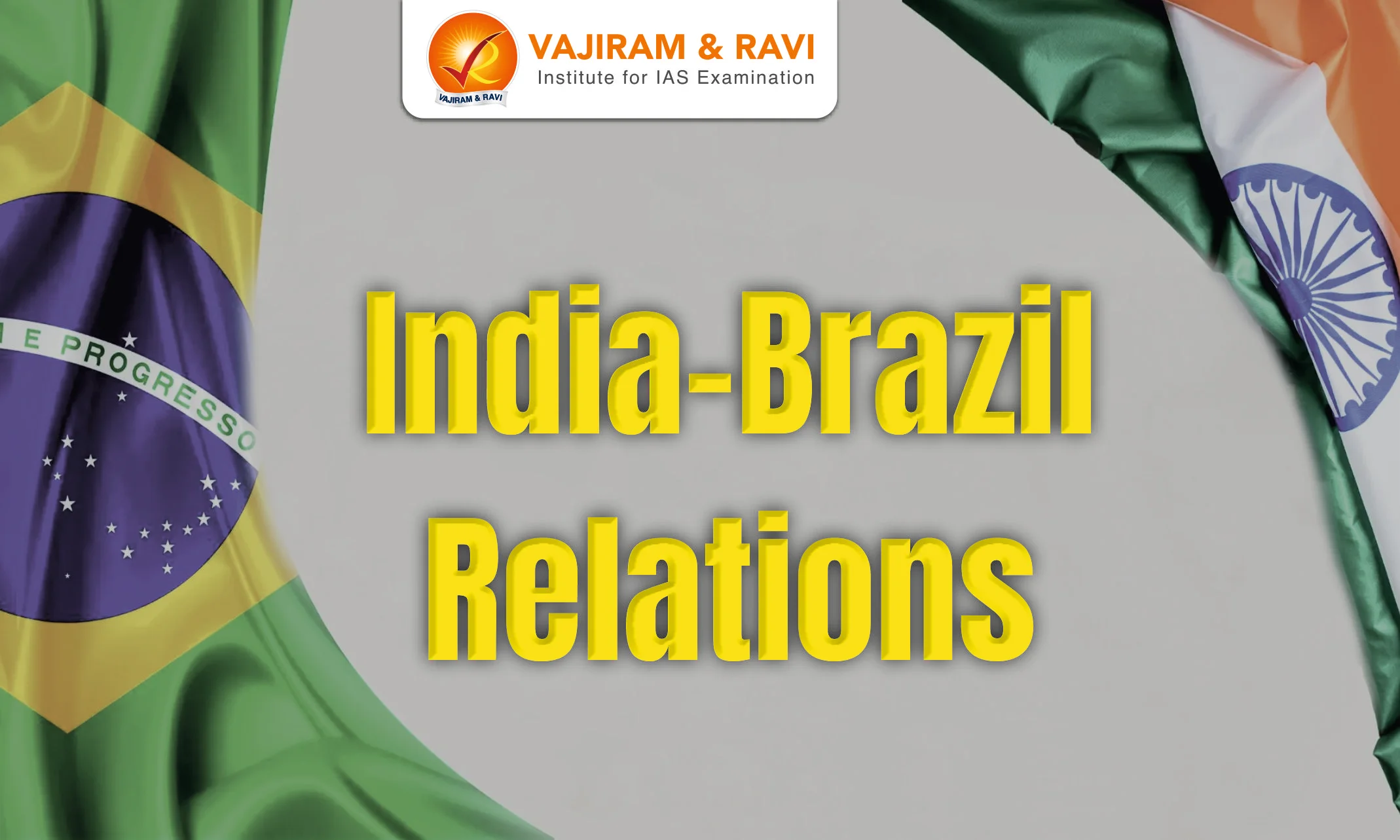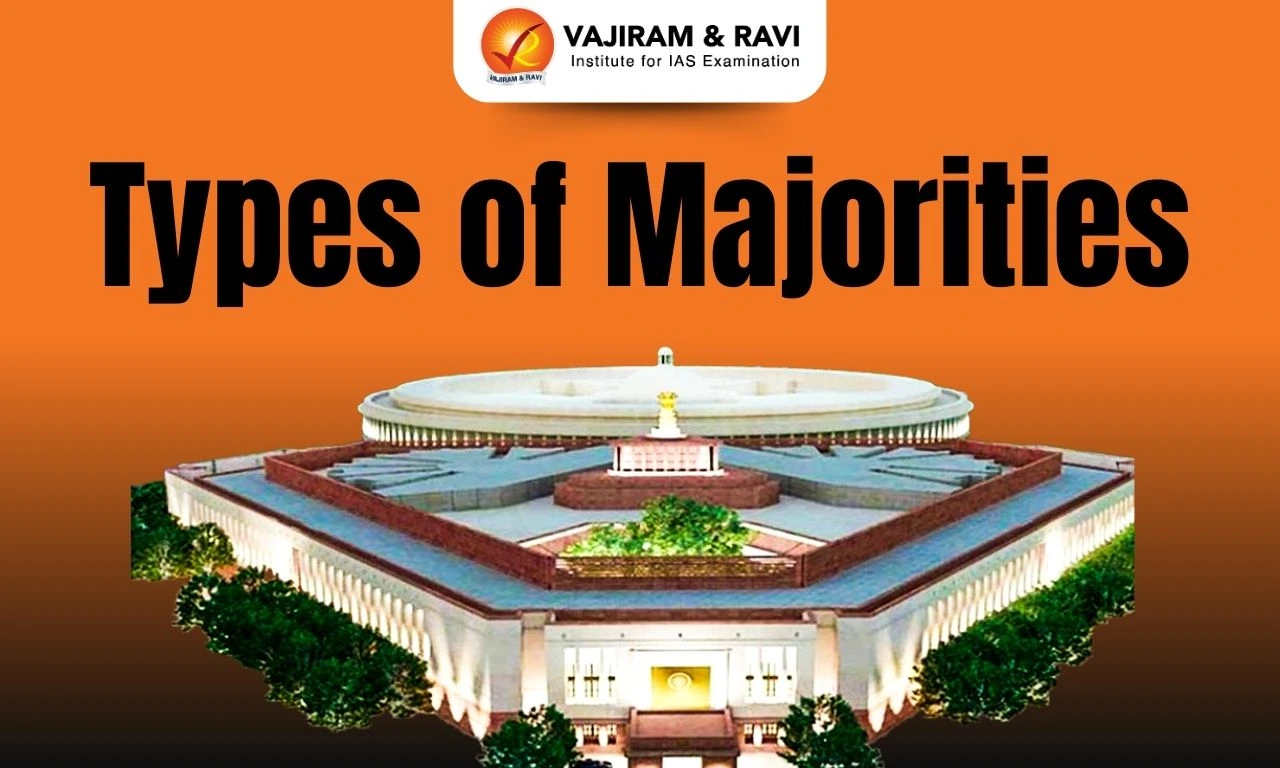Lord Mahavir's preachings were orally and methodically compiled by his immediate disciples, known as the Ganadharas, and elder monks, known as Srut-kevalis, into many texts (scriptures). The sacred books of the Jain religion are known as Jain Agam or Agam Sutras. They are said to be originally compiled by the Ganadharas, the Chief Disciples of Mahavira. They can be broadly divided into two major categories: Canonical or religious texts called Jain Agamas or Agam and Non-canonical literary works.
Apart from writing in Prakrit and Ardha Magadhi, Jain monks wrote in many other languages, depending on the era, region, and patrons who supported them. During the Sangam period in South India, they wrote in Tamil. They also used Sanskrit, Shauraseni, Gujarati, and Marathi to write.
Evolution of Jain Literature
Tirthankaras taught in a divine preaching hall called Samavasarana, which ascetics and laypersons heard.
- These discourses were called Shrut Jnana and always comprised eleven angas and fourteen purvas.
- According to Jain tradition, the divine Shrut Jnana of a Tirthankara is then converted into Sutta by his disciples, and from such suttas emerge the formal canons.
- Tattavartha Sutra: Jain texts were written by Umaswami in Sanskrit.
- One of its sutras, Parasparopagraho Jivanam, is the motto of Jainism.
- It is accepted as authoritative in both Svetambara and Digambara.
Types of Jain Literature
The Jain literature is classified into two major categories: Digambara and Svetambara.
Svetambara Siddhanta
According to Svetambara tradition, the agamas were composed in the first Jain council (300 BC) at Patliputra.
- The canons of Svetambara are composed of twelve Angas, twelve Upangas, ten Prakirnakas, four Mulasutras, six Chedasutras, and two Chulika sutras.
- Acharanga Sutra: It is the first of twelve angas compiled based on the teachings of Mahavira.
- It was recompiled and edited by KshamaShraman Devardhigani.
| Siddhanta of Svetambaras | ||
| Twelve Angas: (The Angas treat the life of the monks and are mostly made up of sermons on various themes of importance to the Jains). |
- Acaranga - Sutrakratnga - Samvayanga - Thananga - Bhagavati - Jnatadharmkatha |
- Upasakadasa - Antakritdasa - Anuttaraupapatikadasa - Prasna Vyakarana - Vipaka Sutra - Dristivada (The 12th agnga is lost.) |
| Twelve Upangas: (They are based on the Angas and are by the seers). |
- Uvavaiya-sutta - Raya-pasenaijja - Jivajivabhigama - Pannavana - Suriya-pannatti - Jambudvipa-pannatti |
- Canda-pannatti - Nirayavaliyao or Kappiya - Kappavadamsiao - Pupphaio - Puppha-culiao - Vanhi-dasao |
| Six Chedasutras (text related to the behaviour of monks and nuns) |
- Biha Kappa - Vavahara - Ayara-dasao |
- Nisiha - Jiya-kappa - Maha-nisiha |
| Four Mulasutras (these texts provide a base in the earlier stages of monkhood) |
- Dasaveyaliya-sutta - Avassaya-sutta |
- Uttarajjhayana-sutta - Pinda-nijjutti and Ogha-nijutti |
| Two Culikkasutras (enhance or decorate the meanings of Angas) |
- Nandi-sutra - Anuyogadvara-sutra |
|
Svetambara Texts
| Author | Text description |
| Hemachandra |
- Yogasastra: It is a treatise on the rules of conduct for laypeople and ascetics.
- Salakapurusa: The 63 illustrious beings who appear during each half-time cycle. - Parishishtaparvan: Details the history of the earliest Jain teachers. - Arhanniti: It is work on politics from a Jain perspective. |
| Shubhacandra | - Jnanarnava, or Yogapradipadhikara, is a Sanskrit text on various topics, primarily focusing on meditation. |
Digambara Siddhanta
The Digambara canon, or Siddhanta, comprises numerous texts. Two are believed to be all that remains of the original Purvas, composed in the 2nd to 3rd centuries.
- The two oldest scriptures are the holiest because they contain elements of the Purvas created by Mahavira’s chief disciples that captured and shaped his teachings.
- Both the Shatkhandagama and Kasayapahuda are highly technical works on karma.
| Main texts of Digambara Siddhanta | |
| Shatkhandagama (Scripture in Six Parts) |
- Author: Pushpadanta and Bhutabali - Language: Prakrit - The Shatkhandagama, the first agama, is also known as Prathama Sruta-Skandha. - It is a comprehensive treatise on Karmakarma theory, including calculations and subdivisions. - Dealing with karma and its connection to the soul, as well as the nature of karma. - Written in concise prose, primarily in an aphoristic style. - It is highly technical and widely regarded as being intended only for specialists. - It is a scripture in six parts:
|
|
Kasayapahuda or Kasayapranhrta (Treatise on Passions) |
- Compiled by the monk Guṇabhadra in the 2nd to 3rd century AD. - The Kasaya-prabhṛta is written in 180 verses. - Virasena started writing Kasayapahudain Prakrit and Sanskrit. But Jinasena finished it in 820 AD. - It is also based on the Purvas. - It deals with the passions – kasayas – or attachments to things of the world.
|
| Anuyogas (Expositions) |
- Anuyogas were composed between the 2nd and 11th centuries AD. - Language: Either in Jaina Sauraseni (a variety of Prakrit) or in Sanskrit. - They are grouped into four categories, representing various fields of knowledge and learning.
- Pratham-anuyoga: Jain epics presenting Digambara versions of:
|
Digambara texts
| Digambara texts | |
| Author | Text description |
| Acharya Bhadrabahu |
- Kalpa-sutra: Contains biographies of the Jain Tirthankaras, notably Parsavanatha and Mahavira. - His other works include four Chedda sutras, Bhadrabahu Samhita and Vasudevcharita. |
| Acharya Jinaratna | - Lilavatisara: It tells the stories of the lives of a group of souls as they pass through a series of embodiments on their way to final liberation. |
| Acharya Kundakunda |
- Samayasara: It expounds the Jain concepts like Karma, Asrava, Bandha, and Moksha. - Niyamsara: It expounds on the path to liberation. - Pravachanasara deals with correct ascetic and spiritual behaviour based on his dualism. - All the texts mentioned above are in Prakrit. |
| Samantabhadra Swamy |
- Ratnakaranda sravakacara: Discusses the conduct of Sravaka.
|
| Pujyapada |
- Sarvarthasiddhi: oldest commentary on the Tattvartha Sutra.
|
| Jinasena |
- Trishasthilkshana Mahapurana: Composed during the rule of Rashtrakuta ruler Amoghavarsha.
|
| Other Related Articles | |
| Indus Script | Jain Literature |
| Upanishads | Sangam Age |
| Vedangas | |
Last updated on December, 2025
→ Check out the latest UPSC Syllabus 2026 here.
→ Join Vajiram & Ravi’s Interview Guidance Programme for expert help to crack your final UPSC stage.
→ UPSC Mains Result 2025 is now out.
→ UPSC Notification 2026 is scheduled to be released on January 14, 2026.
→ UPSC Calendar 2026 is released on 15th May, 2025.
→ UPSC Prelims 2026 will be conducted on 24th May, 2026 & UPSC Mains 2026 will be conducted on 21st August 2026.
→ The UPSC Selection Process is of 3 stages-Prelims, Mains and Interview.
→ UPSC Result 2024 is released with latest UPSC Marksheet 2024. Check Now!
→ UPSC Toppers List 2024 is released now. Shakti Dubey is UPSC AIR 1 2024 Topper.
→ Also check Best IAS Coaching in Delhi
Jain Literature FAQs
Q1. How is Jain literature classified?+
Q2. What are Svetambara canons?+
Q3. What is Jain Agamas?+
Q4. What languages were used to write the Jain literature?+
Q5. What was the "diksha" ceremony in Jainism?What was the "diksha" ceremony in Jainism?+
Tags: jain literature quest

















